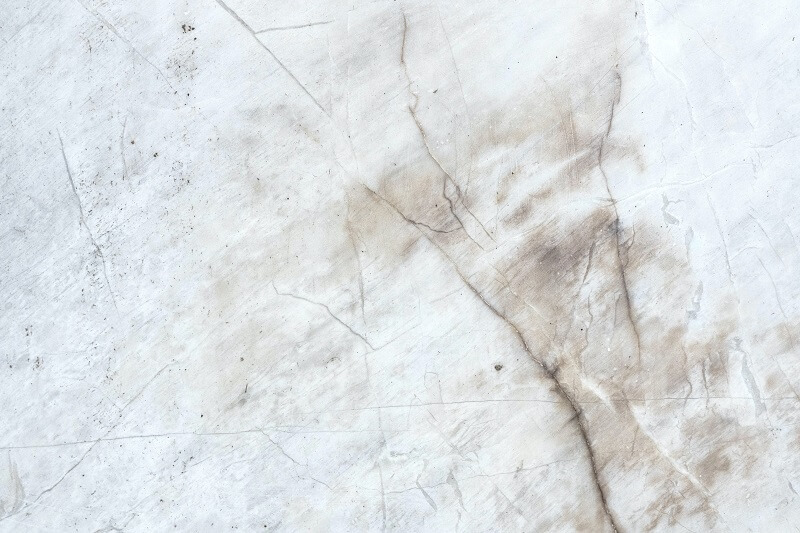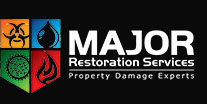Your house may sustain serious structural damage as a result of water damage, and mold growth might grow there, posing serious health risks. There may be sudden, loud, and obvious instances that make it clear you have a new water problem in the house, such as a burst pipe, an overflowing toilet, or standing water. But what about situations where a leak lingers for days, weeks, or even months without being discovered? It’s hidden and silently wreaking great damage.
Water can damage anything in its flow, including walls, floors, and even the air, since mold makes the air more moist which can eventually turn toxic. It is always advisable to take precautions and routinely inspect the house to avoid water damage.
Signs of Water Damage: Different Forms of Hidden Damage
The following are common ways to spot water damage:
Damage from Paint and Wallpaper
Peeling paint and bubbling wallpaper are indications of hidden water damage from leaks or burst pipes. Water collects beneath painted surfaces, resulting in unattractive damage and challenging repairs. Hard surfaces that are cracked or warped are also signs of water damage, which compromises the structure’s integrity and makes houses unsafe.
Damaged Sink
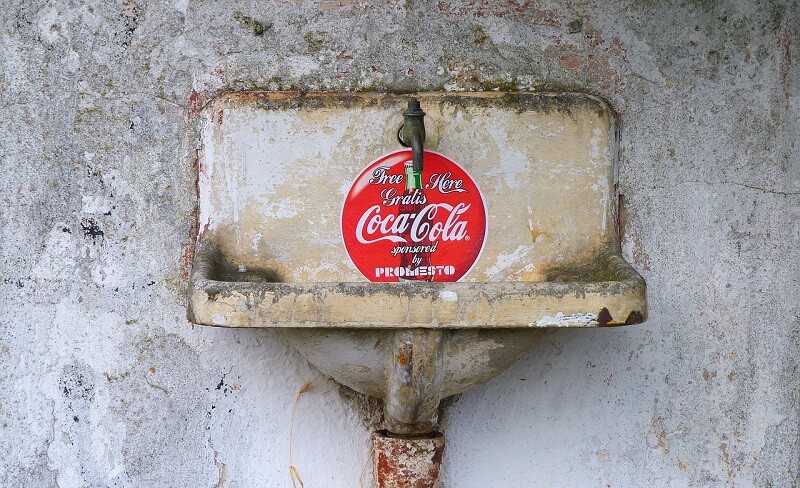
It can be difficult to detect water coming from a dripping kitchen or bathroom sink. It’s normal for there to be some dampness under the sink, but a persistent drip or leak can be problematic.
Damp and Humid Environment
Unexpected humidity or moisture in the house may be the result of an unnoticed water leak. There possibly is a leak nearby if you detect humid areas around the house.
Dripping or Unusual Sounds
Sometimes, the sounds made by leaking water are tricky to identify. It is occasionally possible to detect a leak by listening to dripping, scratching, or rushing noises that are not generally associated with water. Check for changes in sound because these sounds can still occur in an operational system.
Health Problems
Mold can cause health problems like asthma, coughing, wheezing, wet eyes and skin, and allergic reactions. It’s important to inspect the house for damage before brown spots form.
Mold
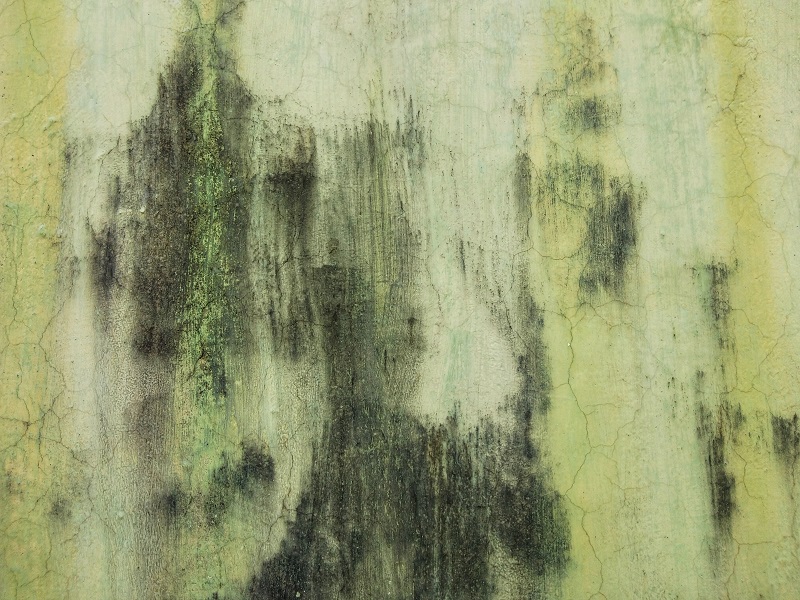
Mold frequently begins in the seams of ceilings and floors, indicating a water problem. Mold development on walls or baseboards, for example, is clear evidence of hidden water damage. There may be a hidden leak if you notice mold developing but don’t see any water around.
Moldy Odor
A musty odor, frequently brought on by mold and moisture, is a clear indication of water damage. Moisture, insufficient airflow, and darkness may all lead to the smell.
Hidden water damage can result in mold and mildew growth, which gives off a musty odor. Examples include excess moisture behind dark walls. Finding the source of hidden water damage is essential to prevent structural damage and health risks before they arise.
Stains or Discoloration
Stains or discoloration on ceilings and drywall brought on by water damage might be an indication of a leaking roof or pipes. Even if they seem like a little problem, it’s important to pay attention to these indications. Although it may be tempting to paint over the discoloration, this is a symptom of hidden water damage and should not be disregarded. If the problem is not fixed, it can require bigger and more costly repairs.
Warped Wall, Ceiling, or Floor
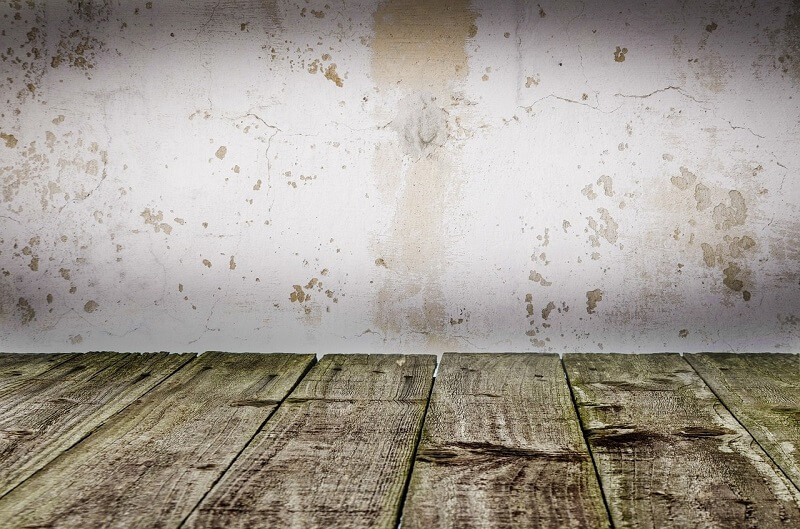
When exposed to water, hard materials like wood, drywall, and concrete break and warp. It is also a sign of water damage if the walls are warped and the floors are creaky.
Water Bill Rises
During colder months or times of plant growth, water bills may go up, but sudden spikes could be a sign of hidden water damage. Keep an eye out for odd increases in your water account and pay close attention to usage patterns. A leaking pipe or another problem could be the source of hidden water damage.
Places to Look for Water Damage
Even though water damage can’t always be prevented, being aware of its possibility and practicing precaution can help. Here is a list of common places where water damage might happen.
Appliances
An appliance failure due to a cracked hose or a loose connection could result in a leak or flood in the house.
Ceilings
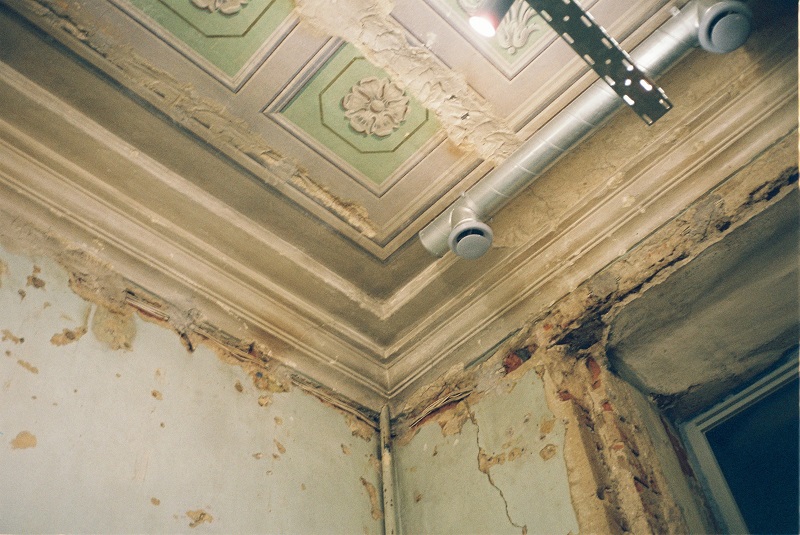
If a bathroom is located above a water-damaged ceiling on a lower level, the problem is usually caused by a burst pipe or water leaking through the floorboards.
Floors
If you notice any warping or buckling of your floors, you’ll know right away that water is the reason for it. Additionally, a general wetness and mold odor may also be the result of water damage to carpets and floors.
Foundations/Exterior
Water can start to pool up against the home if your yard doesn’t drain properly or if the gutter spouts fail to function.
Pipes
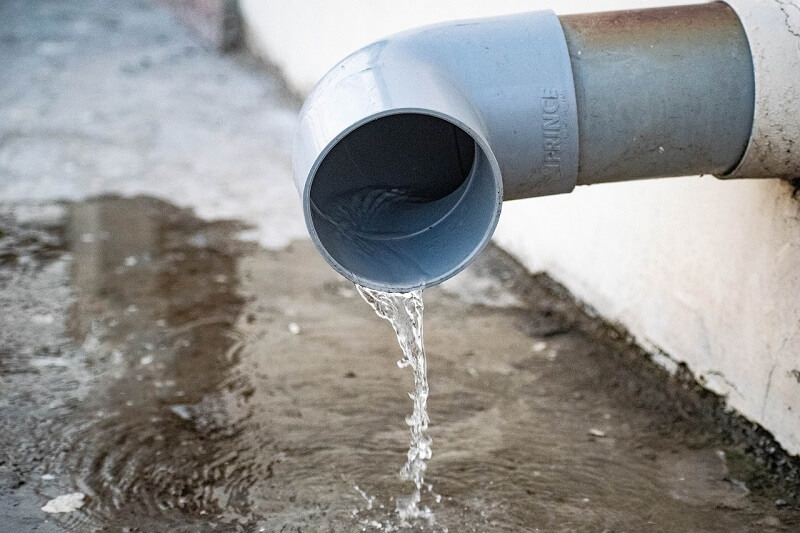
Check the basement, laundry room, kitchen, and bathrooms for any water stains, leaks, or corrosion around the visible pipes. Always look for mold if there are any indicators of it while inspecting.
Roof
Take the time to inspect your house after a heavy wind and/or rain because you can have leaks or peeling shingles that increase the possibility of water damage.
Walls
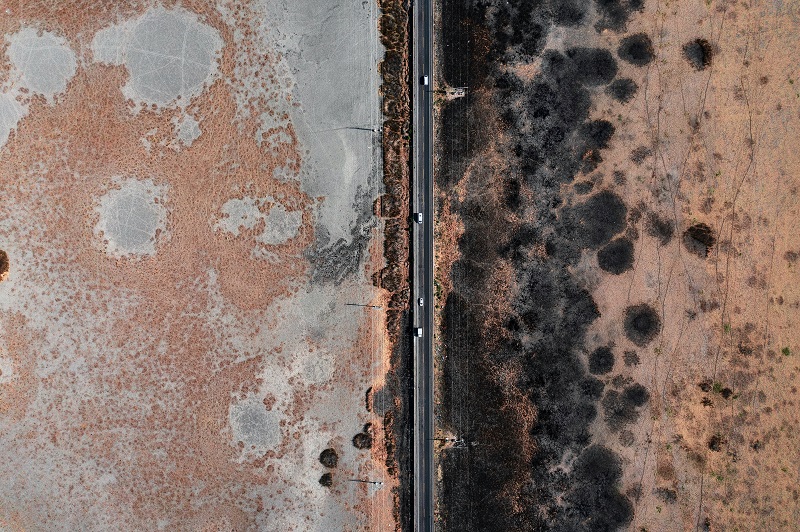
When a wall has been exposed to water, it may have a bloated effect and feel soft to the touch. Look for cracks in the drywall.
Tips for Identifying Water Damage
Here are some tips to identify the hidden water damage immediately:
- Check the appliances if there is a damage
- Check the windows if there are some cracks or damage
- Light up the pipes using a flashlight
- Use your nose to detect musty smells
Summary
Hidden water damage can cause structural damage and expensive repairs, which also poses a serious risk to health and property. These hidden water damages can result in health problems including headaches, persistent coughing, and weariness, and must be addressed with the help of professionals. It’s important that you identify these risks and take action to protect your property and avoid damages.

